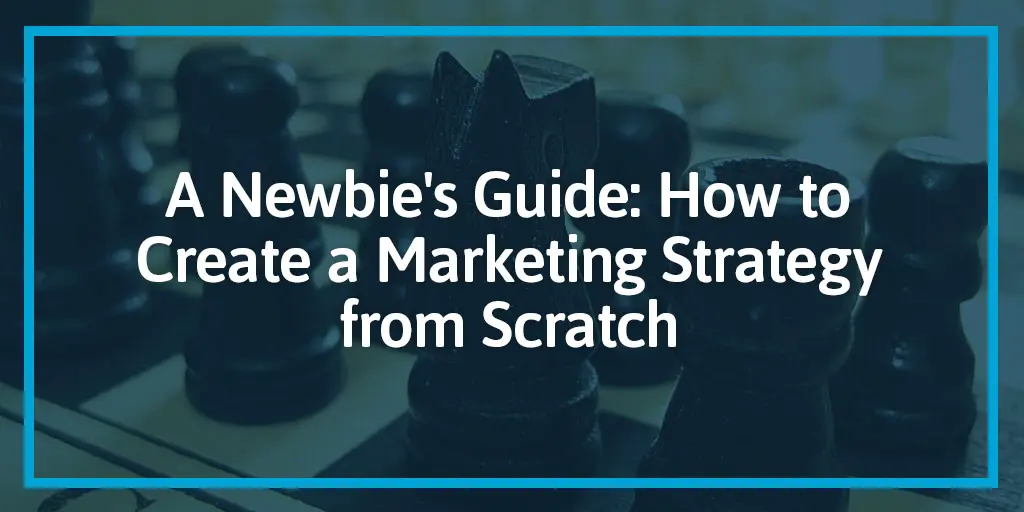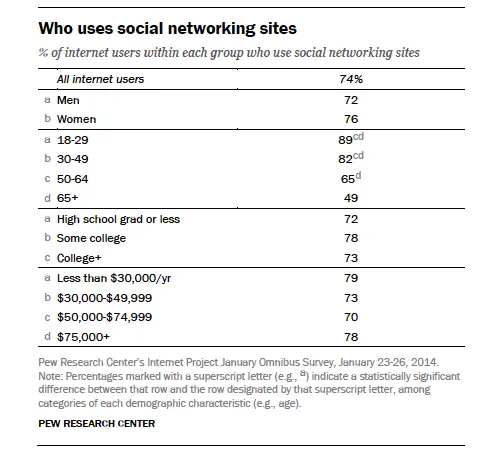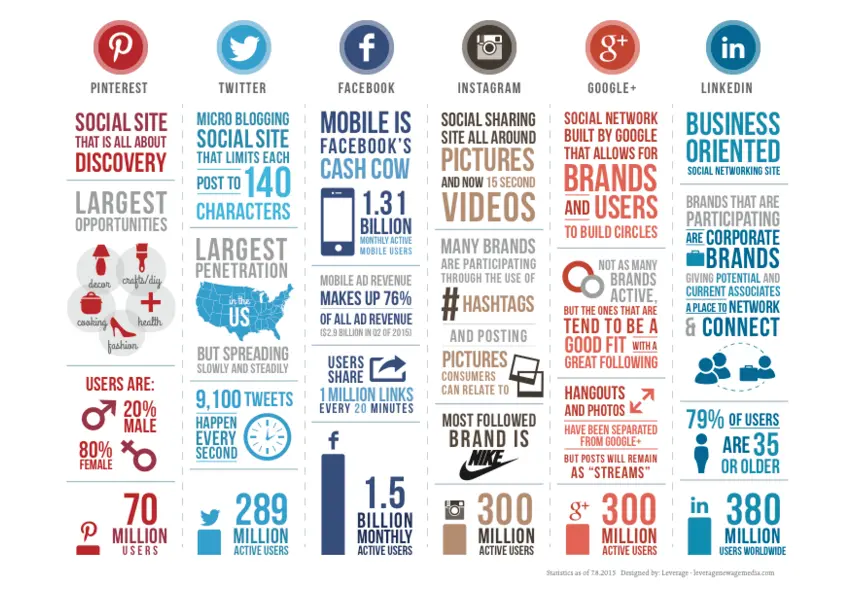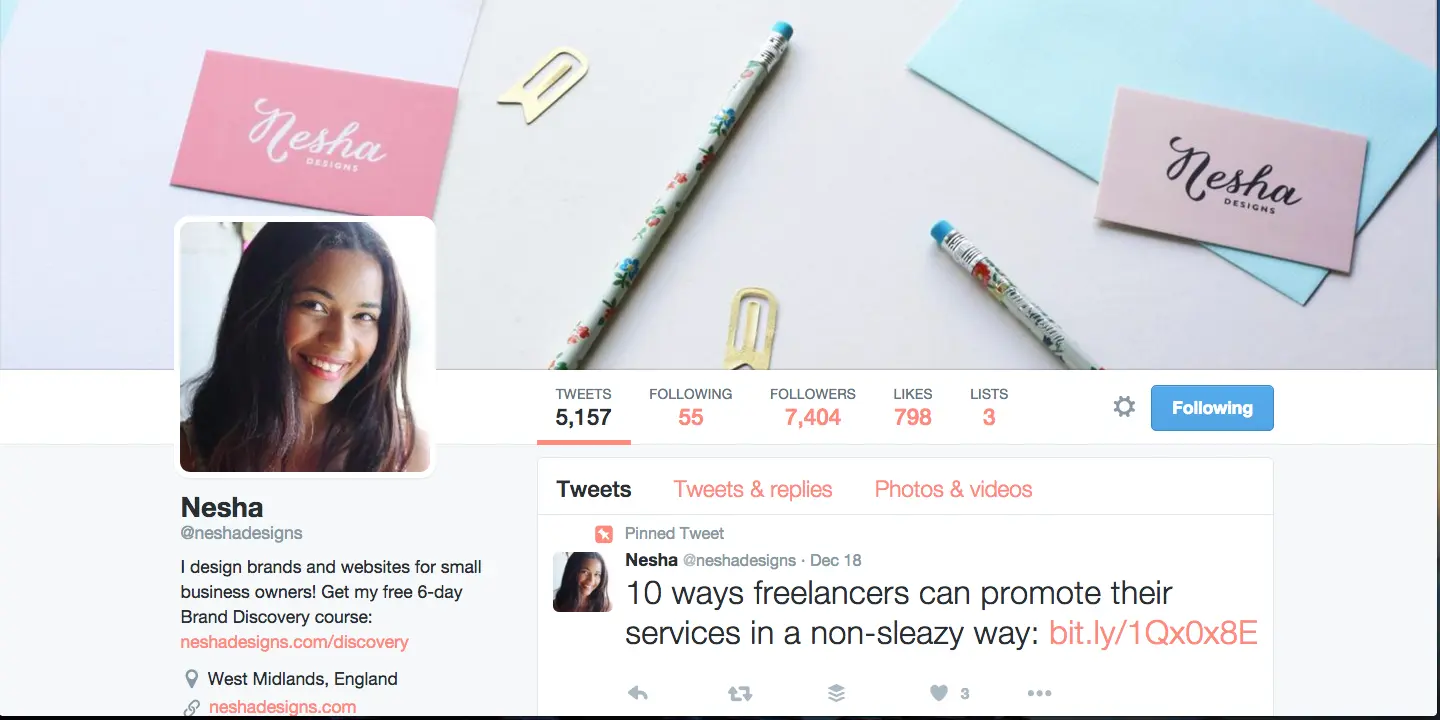
You’ve been toying around with the idea for a while, but now that it’s 2016, it’s finally time to get serious about your marketing strategy. This is your year to make all of your dreams come true (Walt Disney style). You can do it, I believe in you.
But here’s the thing: it’s going to take more than wishing upon a star. You’ll need a solid marketing plan to push your business out of the shadows and finally get noticed. Fortunately, you’ve come to the right place.
In this post, we’re going to take a step-by-step approach to developing an effective marketing strategy. No hocus-pocus or fairy dust here, just a good old fashioned action guide that’s easy to understand and just as easy to execute.
Are you ready to get stuff done finally? Let’s do this!
What are Your Goals?
So, what do you want to happen? Here are some suggestions:
Sell stuff.
Grow your email list so you can sell stuff.
Raise brand awareness so you can sell stuff.
Increase your social followers so you can sell stuff.
I think you get the idea. Everything comes back to selling. While you may not have anything to sell right now, you probably will have something to sell a little further down the road.
Selling isn’t limited to physical goods. It can be services, consultations, sponsorships, and ad space, for starters.
You should determine if your goal is to sell stuff right away or to grow your email list so that you can prime them (through content marketing) to sell at a later date. Methinks you should choose the latter strategy, and I’ll explain why a little later on.
What is Your Target Demographic?
Who would you like to reach? Bigger is not necessarily better, at least in terms of marketing. Your goal shouldn’t be to spray a wide segment, but rather to distill your target market down to the most relevant and interested people. Why waste your resources (time, money, and effort) on 100 people when you instead speak directly to the 10 most likely to buy your stuff?
Ignore the urge to appeal to the general population and laser in on your one ideal customer. Click To Tweet
Ignore the urge to appeal to the general population and laser in on your one ideal customer. Here’s a few questions to answer:
Who are they?
What do they want?
What don’t they want?
Who do they use now?
Why would they choose you?
Where Do They Hang Out?
Once you realize who you’re trying to reach, it’s time to figure out where they live online.
Is your ideal customer on social media? Which platforms?
Does your ideal customer hang out in online forums?
Is your ideal customer completely offline and only reachable via Bat-Signal?

If you’re not sure, the first place to start is with Google. Where does Google lead you when you type in your “the name of your industry + forum”?
Check out sites like Reddit and LinkedIn, scan tweets on Twitter, and then search Facebook groups. You may even find your target demographic on Yelp or TripAdvisor.
The point of this exercise is to find out more about your customers and create a marketing strategy that meets their needs and expectations.
What are Your Competitors Up to?
While we like to close our eyes and pretend that competitors don’t exist, they do. And they’re running off with your girlfriend – I mean, customer base.
You have to keep an eye on your competitors. See what ads they run and pay attention to their content marketing strategies. Check out where they place their ads. Maybe they’re focused on Pinterest, for example. Figure out why– perhaps you’re missing a demographic that you didn’t know you could reach.
While you’re not going to copy their strategy, it’s good to know where they hang out so that you can bring The Price is Right-level pettiness right to their front door.

Just kidding. You’re not planning on getting into a price war, right? Here’s why:
What is Your Unique Selling Proposition?
You’re unique. You have something that your competitors don’t have, and that’s what you need to focus on. What’s the one thing that separates you from your competition?
The folks at Fizzle recommend that you explore the intersection of ideas. I like the sound of that. Figure out what hasn’t been done before and what unique spin you can place on your idea.

What is Your Marketing Budget?
You knew this was going to be a part of it, right? But don’t worry, it’s okay to say zero. You can totally market your business for zero money out of pocket, but that doesn’t mean it’s going to be free.
If you’ve already spent money on the basics (website and hosting), you can start building up your brand with social media and content marketing (which we’ll get into next). While you may not pay money for this marketing, you will pay in terms of time, effort, and sanity.
However, if you’d like to invest just a teensy bit of money, you may find a quicker route to success (i.e. exposure). More about this in the paid advertisement section.
**Now that you have your marketing strategy guide, you’ll need a list of resources to go with it. Subscribe to receive this extra list.</p>
Your Marketing Strategy in 3 Parts
Let’s split your marketing strategy into three parts: Social Media, Content, and Paid Advertisement
1. Social Media Marketing
Social media is a must for online marketing. It’s almost guaranteed that you’ll reach a large chunk of your customers online through a social media platform. In the US, approximately three out of four adults use social media. This translates to a whopping 71% of online adults that use Facebook. Your target demographic is probably in there somewhere.

Image Courtesy of Pew Internet
+Pick a platform
So, which platform should you go for? Will you go with Facebook, Twitter, LinkedIn, Instagram, or Pinterest? Maybe you’ll pick and choose a couple of platforms, or go for all five plus some.
I recommend focusing on no more than two platforms at first. Facebook, as we’ve seen above, is a no-brainer because so many adults hang out there. Depending on your demographic, you may go for Instagram (19-34 women) or LinkedIn (25+ professionals). Check out this social media comparison graphic from Leverage New Age Media:

Image Courtesy of Leverage New Age Media
+Fill out your profile
There’s nothing more infuriating than an incomplete Facebook profile. As a visitor, I may enjoy your Facebook profile, but how do I reach you when I want to buy something or find out more about you?
Don’t skip this step and wait until later (it doesn’t come). When you set up your profiles on social media, fill them out completely.
Take advantage of the header real estate. Make sure that you offer value to your visitor. Instead of listing features of your product or service, explain how it will benefit the visitor.
Find opportunities within your bio to further present value.

Image Courtesy of Nesha Designs

Image Courtesy of Rebekah Radice
+Post valuable content
It can’t be me, me, me all the time. In fact, 80% of the time, you should promote other people and ideas in your posts. Only 20% of the time should be self-promotion.
+Perfect your posting schedule
Just as important as what you post is when you post it. On Twitter, your post may only last seconds, whereas on Pinterest, your posts can last forever.
Use the below graph to help you decide how often to post:

Image Courtesy of Constant Contact
+Prepare for the long haul
Don’t expect to get loyal customers within hours of implementing your strategy.
A potential customer doesn’t buy on the first intersection with your brand. They don’t even buy on the fifth. On average, it takes about seven tries before a customer is ready to buy. Your marketing strategy should be prepared for the long term.
Content Marketing
You should look at content marketing as an educational tool, not a hard sell. Content marketing is a complicated and long-term strategy. However, there are some things you can do right away as a newbie. Let’s go over them now:
+Make Your Website the Definitive Resource
When a potential customer comes to your site, they should be able to find all the answers to any question ever asked about your industry. This extends beyond a simple FAQ on your footer. Dedicate an entire library to educating your customer. This inspires trust, brands you as an authority, and provides immense value.

+Create a Blog
Blogs are great. They humanize your brand, they help with search engine optimization (SEO), and they give your audience new reasons to return to your site. You need a blog, and with so many great options available, there’s no excuse not to have a blog. Not sure you want to go with WordPress? Check out Squarespace.
+Other Content
Not all content marketing requires a blog. Here’s a partial list of other content you can provide that will aid your marketing:
Paid Advertisement
Since this is a newbie’s guide, we’ll cover the top two paid strategies that are likely to yield the best results. After you have a lock on these, it’s time to think about paying for advertising.
Target individuals based on geography, key demographics, and search terms.
To get started on Facebook, first create a Facebook business page, if you haven’t already.
Now, select Create Ads by clicking on the drop down menu on the upper right side of your page.
From here, choose an objective, customize the look of the ad, and set a budget.
Google AdWords
While there are plenty of advanced strategies for both, on a basic level, Google AdWords is just as straightforward as Facebook. Follow this link to Google AdWords.
Which one should you choose? Facebook or AdWords?
Both! Google AdWords is highly targeted and perfect for getting found via search on mobile devices. Approximately 47% of Google’s ad revenue comes from mobile devices. But if you’d like to grow brand awareness, Facebook is perfect for lead building.
No matter which one you choose, make sure that you link them to a dedicated landing page (definitely check out this post on how to hack your landing page and this post on creating epic calls to action. You’ll need both to boost your marketing strategy.)
**Now that you have your marketing strategy guide, you’ll need a list of resources to go with it. Subscribe to receive this extra list.</strong></p>
Final Thoughts
Use these strategies to get you started. Also, check out these other posts to help round out your marketing strategy:
Selecting Incentives for Marketing Campaigns